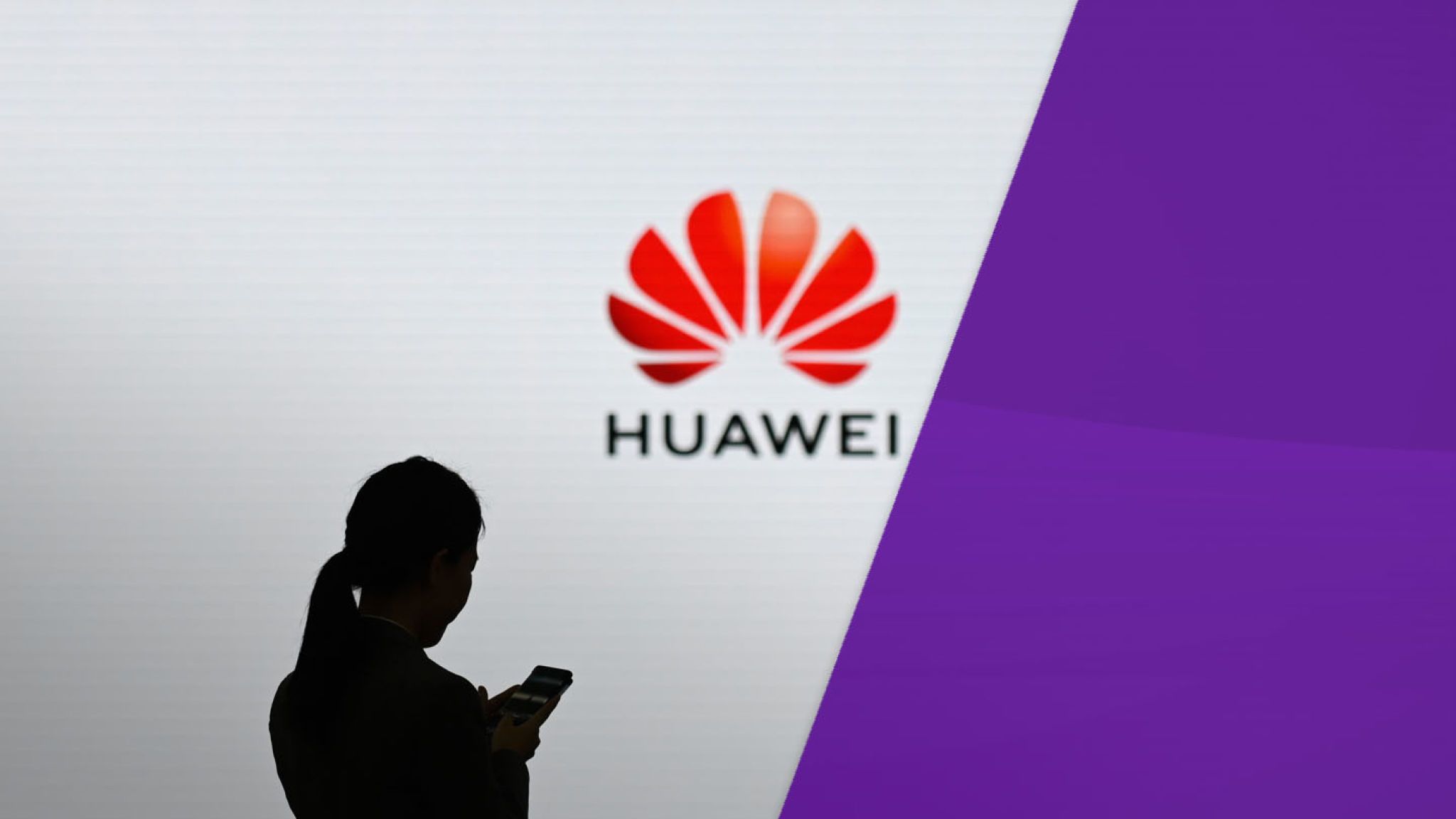Nothing is free in the world, except the monthly money given to a citizen just because of the citizenship. This concept, most notably called ‘basic income’ or ‘citizen income’, is not a new theory. Thomas Paine laid out the early version of basic theory in Agrarian Justice in 1797. Since then, there have been numerous debates throughout the history, the most recent of which revolves around job losses due to automation. Today, basic income has two qualifications: the amount must cover the most basic needs, and it must be universally available for citizens no strings attached.
Switzerland, after a much heated debate, voted against basic income in July 2016 as it was deemed too expensive. During the same year, several Dutch cities, such as Utrecht, created similar small scale models. Yet no large scale, nationwide experiment for basic income has been conducted until this year. After long discussions within the society, and after getting funding from the European Union (EU), the Finnish government decided to launch a two-year pilot program in 2017.
Although diverting from the original ‘universal’ plan, this pilot will grant 2000 randomly selected unemployed people a monthly income of 580 euros regardless of future changes in their lives. The rationale behind this pilot is that the existing social welfare model, though relatively similar to the basic income model, often discourages the unemployed to seek employment, while putting the burden on personnel involved in management. If the pilot turns out successful, the Finnish government may want to expand the program nationwide. However, providing basic income to all citizens would cost the government 36.3 billion euros a year. Why would a state want such a massive economic burden?
In theory, universal basic income should increase transparency of the welfare system, result in administrative efficiency and savings, help national and individual growth, and promote freedom as well as reduce poverty and unemployment. Although the Finnish system with its current pilot cannot be seen as a fully functional universal model, it is the closest existing model to date. The theoretical benefits may explain why the Finnish government, currently struggling with the aftermath of the Euro-crisis, would invite such an economic hindrance.
Transparency has not been an issue in Finland. However, the current welfare system is so complex that it unintentionally incentivizes individuals to find loopholes. Since the current social welfare system for the unemployed is affected by the slightest changes, such as the partner’s income and assets, some may try to evade cut-offs by not giving proper information. In the basic income model, there is no need for such maneuvering, as these issues would no longer affect the welfare checks. Unlike the current system, the new model would not require recipients to inform the Social Welfare Bureau (KELA) of every change, increasing efficiency and decreasing costs. For long, the old system has been criticized for its high administrative costs. Such costs give incentive for the government to reform the existing model.
Theoretically, in terms of national and individual growth, the basic income is supposed to help individuals to invest in themselves by earning higher degrees, finding well-paying positions, and eventually leading to higher growth. This has been proven effective, as a project in Uganda indicated that when people were given unconditional assistance, they invested in their personal development and ended up in more qualified positions. However, such a rationale may not work with Finland as education is free of charge, and a big portion of the work force have at least a bachelor degree. Also, the existing tax reduction system and the unemployment education programs keep the possible benefits of self-investments marginal. Similarly, in the case of the theory of individual freedom promotion, the existing welfare system helps people to engage in activities, and offers professional coaching when necessary.
Yet the most debatable issues are poverty, unemployment reduction, and possible free riders. Basic income theory suggests that when people are given money with no strings attached, they will invest in themselves and aim for better positions, benefitting the whole economy. Also, if everyone in the society is granted money unconditionally, extra income from odd jobs seems more appealing to the unemployed and low income groups. The long term unemployed, single parents and other groups who are often left outside the active society can then be integrated better to the active society. In the Dutch project, people started to lead more active, healthy life style after being provided unconditional income. The money also did not decrease the interest for applying for jobs, as a change in working status would not prevent the basic income.
Considering the Dutch case, the question of free riders seems to be more related to the social structure and integration within the state than solely to the free income. Typically, more free riders appear when citizens feel alienated, unequal to the wealthier or hold resentment or disbelief towards their society. In general, the Dutch society values taking care of those in need and scores high in the trust index. Similarly, in Finnish society, people are used to paying high taxes for social welfare and a safety net while having strong trust in the government and Finns alike. So, there may exist a greater acceptance of further redistribution, especially if it means more security, as the country has been hitting 9% unemployment in the recent years.
From an economic perspective, the difference between normal wage and governmental grant may also offer some explanation. In Finland (as in the Netherlands) the median income (3000 euros) has a reasonable gap to the basic income. This is in stark contrast to the 1960s US negative tax experiment, which failed due to the two amounts being too close to each other.
The Finnish government seeks to upgrade its old welfare system, which has been long thought to be too inflexible, too structured, and not encouraging enough for the unemployed. The benefits of such a change in the welfare model are likely to induce more active participation. This could result in reduction of unemployment, while providing for a more efficient governing system. However, as the current pilot has been funded by the EU, the government must think whether the gained cost reductions could overcome the financial burden of the universal model in a sustainable fashion. As the universal, unconditional basic income requires massive assets, the government may be tempted to create a superficial ‘unemployed only’ version which would only create a loop back to the old system, while also leaving out the currently included low-income groups such as students. This continuation would only increase social dissatisfaction and fragmentation, which would be more likely to spawn more free loaders.
As the universal model seems like the only effective solution, the success rate of the pilot will show us whether the Finnish government has enough courage to go through with the risky bill. While the mainstream attitude and social acceptance -diligence in tax paying- may not be such an issue, the bill of almost 6 % of the country’s yearly GDP, as well as the current ‘not all inclusive’ income model, may be of more concern.
- Good Leader, Bad Leader: What Should We Learn From Today’s Monarchies? - June 4, 2017
- Trickling Down? Reassessing Today’s Global Economy - June 4, 2017
- The Echo Chambers of the Internet - April 17, 2017






